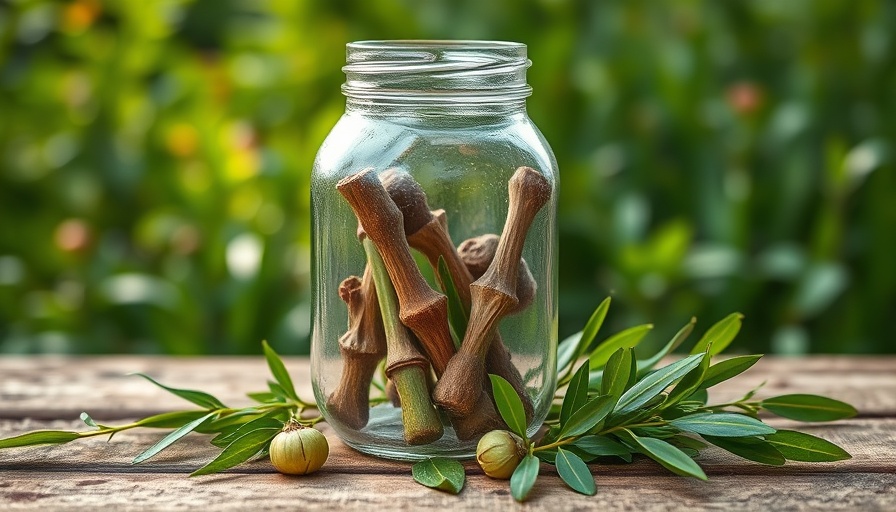
Unlocking the Power of Willow: A Natural Rooting Solution
As spring blooms and gardeners across the region prepare to breathe life into new plant cuttings, many are turning to nature’s remedies to encourage healthy growth. One such remedy is the impressive willow, specifically its ability to produce a rooting hormone that can be harnessed to promote rapid root development in various plant cuttings. In this guide, we delve into how to create your own willow water rooting hormone, along with their historical significance and practical tips for effective use.
Willow: A Fast-Growing Wonder
Willows are more than just attractive trees; they are among the fastest-growing plant species worldwide. Their remarkable growth can be attributed to a naturally occurring hormone called indolebutyric acid (IBA), which significantly aids in rooting. When gardeners prune these trees, the discarded branches can be transformed into a powerful nurturing solution for other plants. This sustainable practice not only reduces waste but also gives a second life to willow clippings.
Why Use Rooting Hormones?
Rooting hormones, whether natural or synthetic, play an essential role in plant propagation. They help to stimulate the growth of new roots in cuttings, which is crucial for ensuring their survival and growth. Understanding the role of hormones such as auxin in the rooting process can empower gardeners to use these tools effectively. Some plants may root spontaneously in water or soil, but many will benefit from the added support that rooting hormones provide, particularly when propagated in soil.
Crafting Your Own Willow Water Rooting Hormone
Making willow water is an incredibly simple and cost-effective process. All you need are some fresh willow branches and water. The steps are straightforward:
- Gather Materials: Fresh willow branches, water, and a container.
- Preparation: Cut the willow branches into small pieces, about 1-2 inches long, making sure to trim them near a node.
- Soak: Place the cuttings into a container of water and let them soak for 24-48 hours to allow the hormones to seep into the water.
- Utilization: Use the willow water as a soaking solution for your cuttings before transplanting them into the soil.
This DIY rooting hormone acts quickly to promote root growth, effectively shortening the time it takes for your plant cuttings to establish themselves.
Understanding Plant Hormones and Their Impact
While indolebutyric acid is the star of the show when it comes to rooting, it's important to note that various plant hormones influence different aspects of growth. Auxins, gibberellins, and cytokinins all play distinct roles in the plant's biology, from stem elongation to leaf growth. Knowing how these hormones work can enhance your gardening strategy. For instance, while auxin promotes rooting, gibberellins can aid in seed germination, further aiding your propagation efforts.
Practical Tips for Successful Propagation
Using willow water as part of your propagation strategy can be highly effective, but here are some additional tips for success:
- Use Healthy Cuttings: Ensure your plant cuttings are healthy and free from pests or diseases.
- Timing Matters: The best time to take cuttings is during spring or early summer when plants are in active growth.
- Soil Choices: Consider using a well-draining potting mix to encourage successful rooting.
- Humidity is Key: Keep your cuttings in a humid environment to prevent wilting.
These strategies combined with willow water will surely lead to successful plant propagation.
Setting Your Garden for Success
As you embark on your journey with willow water, remember that gardening is as much about patience and understanding as it is about action. Each cutting has its own timeline for development; observe them and adjust your care accordingly. With these tips and the use of willow water rooting hormone, your new cuttings can thrive, ultimately contributing to a lush and vibrant garden.
Join in on the movement of sustainable gardening and explore the natural methods that can enhance the beauty of your green spaces while fostering a deeper connection to nature. From pruning methods to innovative propagation techniques, the possibilities are as abundant as your imagination.
 Add Row
Add Row  Add
Add 




Write A Comment